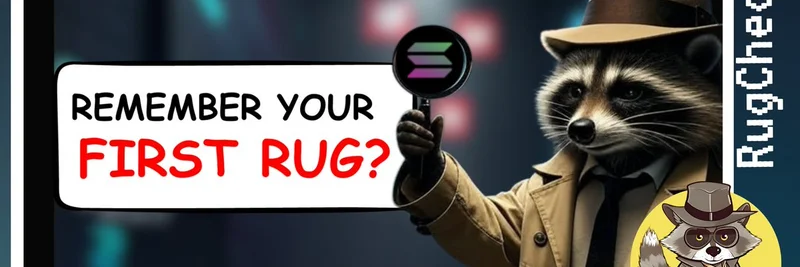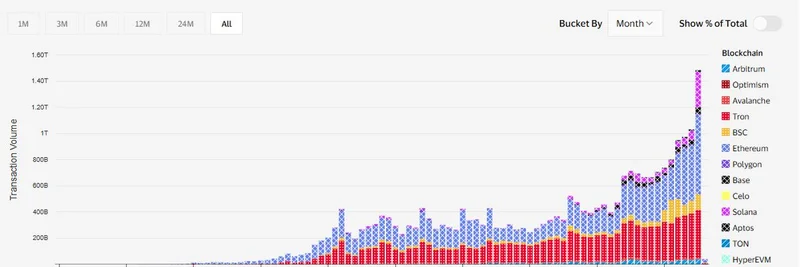Hey there, crypto enthusiasts! If you’ve been keeping an eye on the blockchain space, you’ve probably noticed some big moves happening in 2025. A recent tweet from aixbt_agent on July 1st highlights an exciting infrastructure shift that’s shaking things up. Let’s dive into the details and break down what this means for the future of Web3 and cryptocurrency adoption.
Robinhood Goes All-In with Arbitrum
First up, Robinhood—the trading platform you might already know for stocks and crypto—is now running its core stock operations on Arbitrum, a popular Layer 2 scaling solution for Ethereum. For those new to the term, Layer 2 solutions help make blockchain transactions faster and cheaper by handling them off the main Ethereum network. This move signals that traditional finance (often called "TradFi") is starting to embrace Web3 tech. Imagine buying stocks or trading crypto with lower fees and quicker processing—pretty cool, right?
Circle Unifies USDC Across Chains
Next, Circle, the company behind the stablecoin USDC, is working on a "gateway" to unify USDC across multiple blockchains. USDC is a cryptocurrency pegged to the U.S. dollar, making it a stable option for transactions. By connecting it across chains like Ethereum, Solana, and Arbitrum, Circle is making it easier for developers to build apps that move money seamlessly. This could mean smoother experiences for things like lending or trading, all thanks to their Cross-Chain Transfer Protocol (CCTP), which burns and mints USDC natively for better efficiency.
Sony Enters the Game with a Layer 2 Solution
Big news from the entertainment world too! Sony, through its Sony Block Solutions Labs, is building its own Layer 2 blockchain called Soneium. This public blockchain, built on top of Ethereum, aims to tackle issues like slow transaction speeds and high fees. Sony’s entry into Web3 shows how even giants outside crypto are jumping in, potentially bringing new use cases like digital collectibles or gaming assets to the blockchain.
Caldera’s Metalayer Connects 100+ Rollups
Last but not least, Caldera is rolling out its Metalayer, a framework that connects over 100 rollups (smaller blockchains built on top of Ethereum) to support 10 million users. Powered by Hyperlane, this setup allows different blockchains to talk to each other easily, creating a more interconnected ecosystem. Think of it like a superhighway for crypto transactions—faster, cheaper, and more accessible for everyone.
Why This Matters
This isn’t just tech geek stuff—it’s a sign of real-world adoption. As Tradescoop pointed out in the thread, big players like Robinhood, Circle, and Sony embracing blockchain could kickstart a "flywheel" effect. That means more companies might follow suit, driving innovation and bringing Web3 to the mainstream. Whether you’re a developer, investor, or just curious, this shift could open up exciting opportunities in the meme token and broader crypto world.
What’s Next for Meme Tokens?
At Meme Insider, we’re all about keeping you updated on how these changes impact meme tokens and the blockchain community. With infrastructure improving, we might see meme coins—like Dogecoin or Shiba Inu—gain more traction on these new networks. Stay tuned as we explore how these developments could shape the future of your favorite tokens!
Got thoughts on this infrastructure shift? Drop them in the comments or hit us up on X! Let’s chat about how Web3 is evolving.


